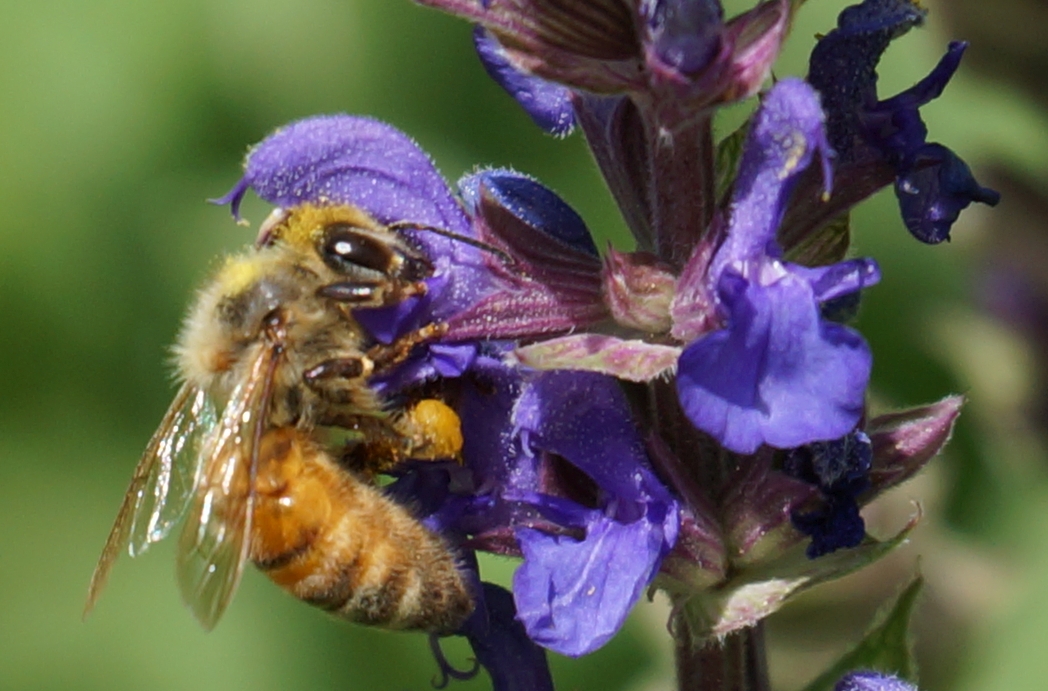This is a Quora question I was asked and my answer is as follows.
For my P&L’s, I break cost up into 3-main buckets:
- COGS (cost of goods sold)
- Marketing
- Operations
I compute COGS based on landed costs, which includes the complete costs to produce a product so that it is sitting in your warehouse (or your 3rd party logistics partner’s warehouse), ready to ship to an end customer or a wholesaler/reseller. Any cost forward of that would be bucketed into operations, below.
COGS will vary greatly by product category. For organic food items, figure 40% when you are producing at volume for economies of scale. If you are just starting out, it could be higher, as much as 70% because you cannot spread those costs out over greater production volume. Durable goods or soft goods or any non-food/consumable item is also all over the place. I have seen as high as 30% to as low as 3%.
Marketing costs are also all over the place, too, from 2% for marketing to repeat buyers, and up from there, depending on the channel and many other factors.
As a rule I try to keep marketing costs below 25%. More than that and the marketing is probably not efficiently bringing in new customers, so you have to work on marketing optimization, which I cover how to do in this free workshop here.
That leaves operations. My rule of thumb for ecommerce is 35% which works for me based on how I setup my ecommerce operations. But, that can vary greatly. If you have no other number to go off of (like past experience), then start with 35%.
For selling via retail, I use 50%.
Subtracting the three will give you net profit margin (earnings before interest, taxes, depreciation and amortization – EBITDA).
I have various spreadsheet downloads related to this question on my downloads page here.





